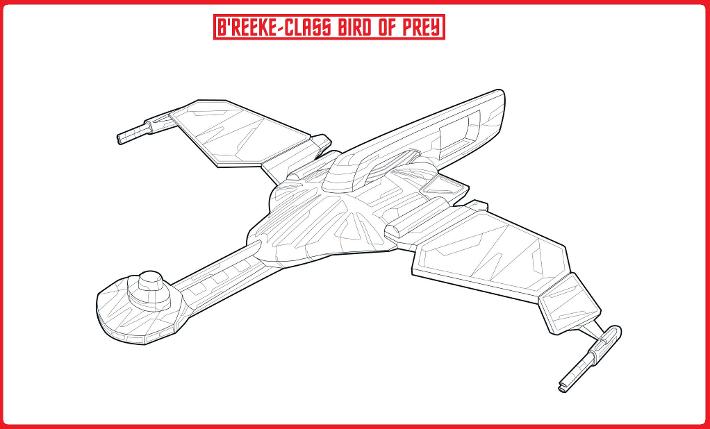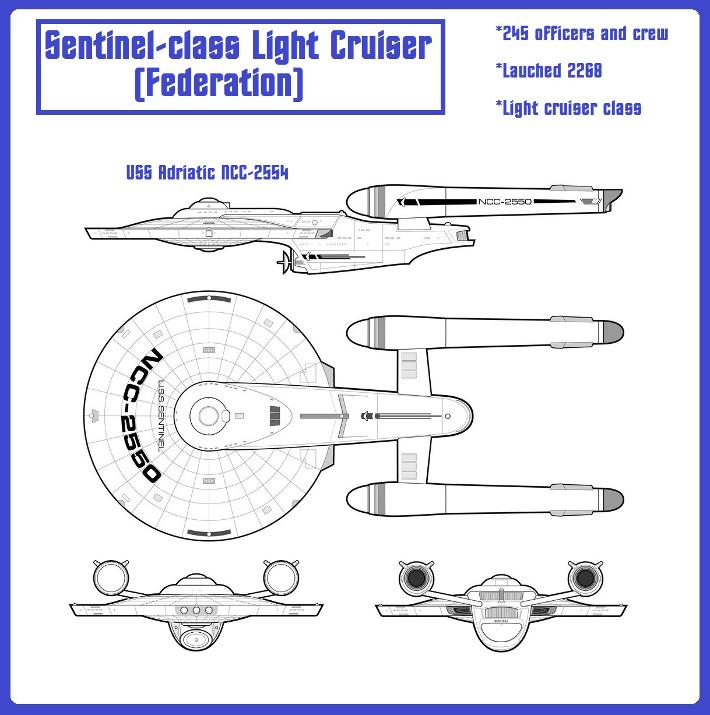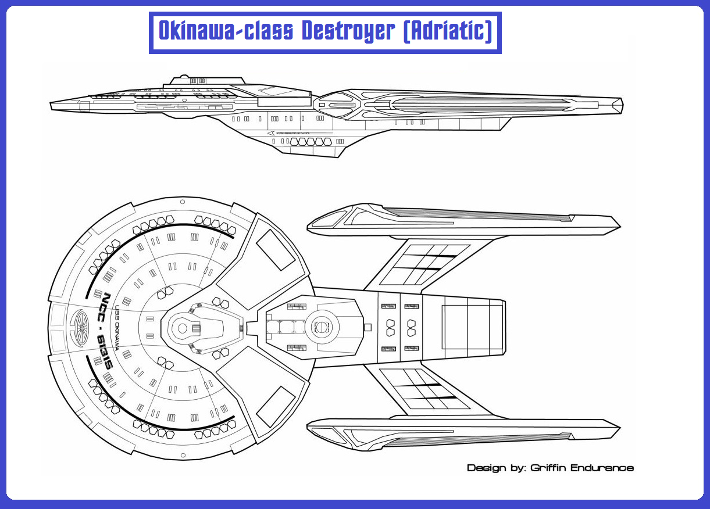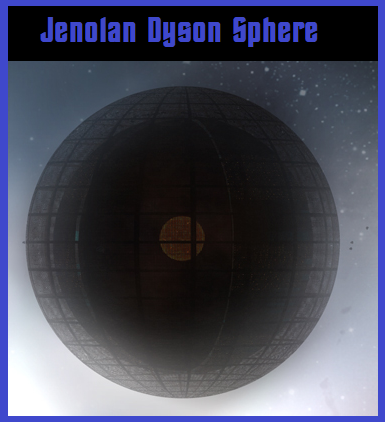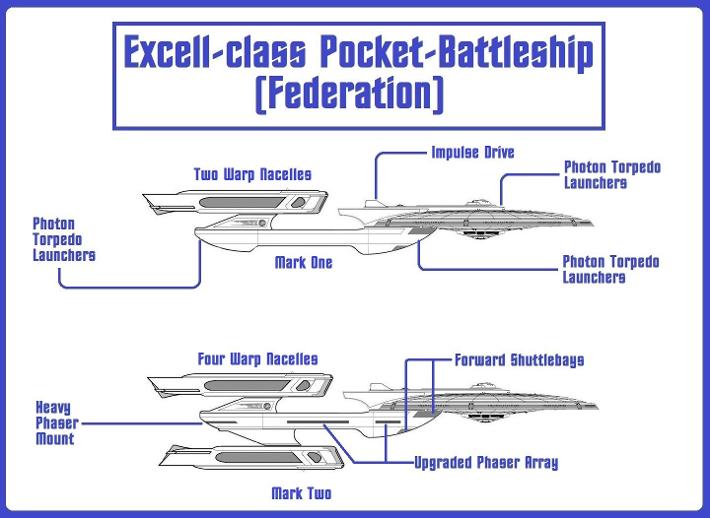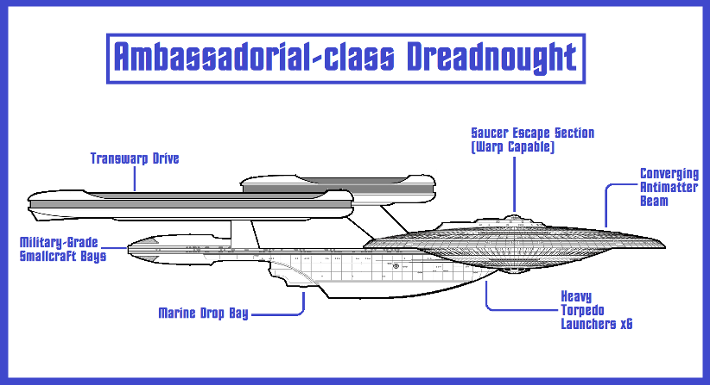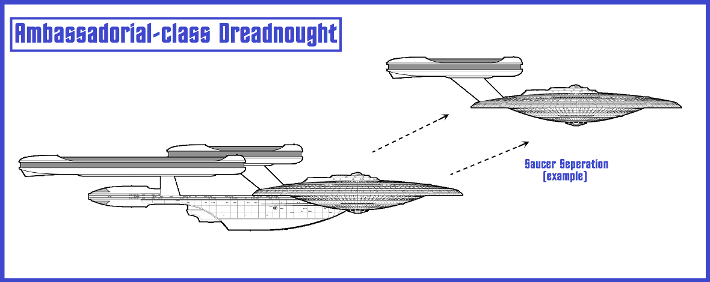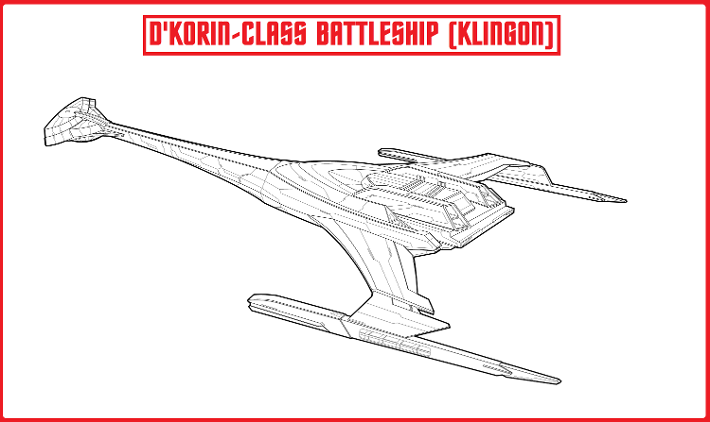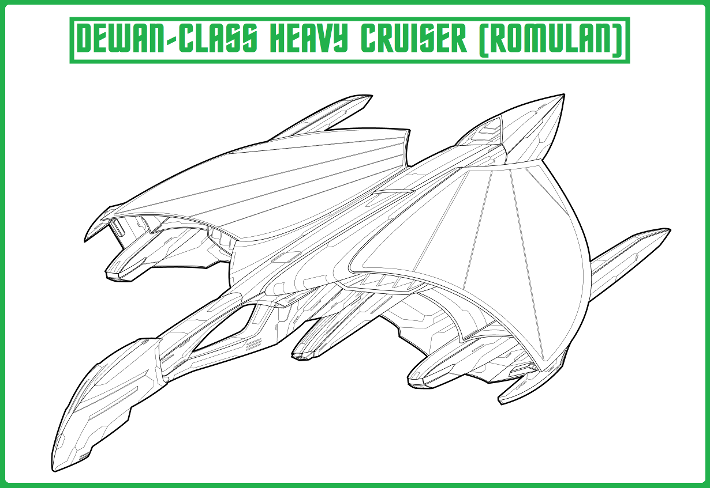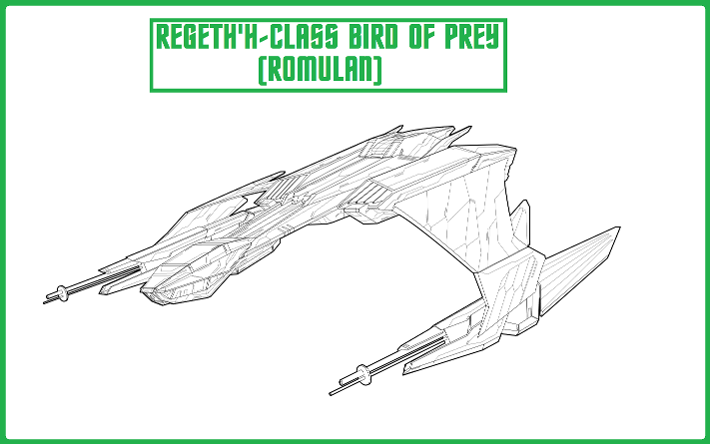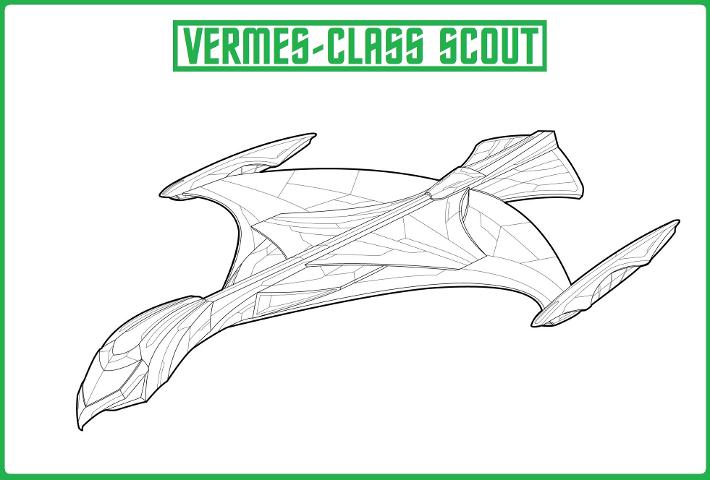MORE HERE SOON (BIG BATTLE)

MORE HERE SOON (BIG BATTLE)
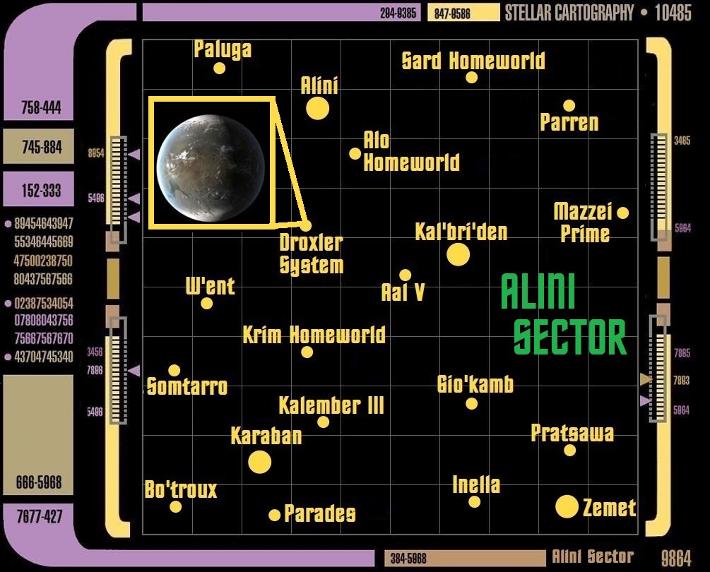
B'Reeke-class Bird of Prey
As the all-out war between the Romulans and the Federation and their Klingon allies entered its fifth year (2373 AD), a whole new slew of naval warships began coming off the quays. This included the moderately successful B'reeke-class bird of prey. Built by House D'Gor, a faction who was not used to building warships, this class had both strengths (upgraded weapons) and weaknesses (poor armor). Several hundred were built during and after the war ended and they were used extensively during the Dominion War. Overall losses in this class of warship were almost 70%, making them unpopular with their crews.
THE ADRIATIC FEDERATION
In 2265 AD the USS Adriatic (a Sentinel-class light cruiser) was escorting two colonizer ships and two Deneva-class tug-freighters on a run to Gamma Dolphi, a waterworld near the Romulan Neutral Zone that was filled with extensive dilithium crystal deposits. Slightly more than 28,000 civilians were packed the two Jupiter-class transports and the voyage was expected to take less than two weeks in transit. However, the Adriatic and its escorts never appeared at their destination and Starfleet Command was unable to discover what happened to them, even after sending a dozen starships to search that region of space.
What Starfleet and the United Federation of Planets didn't know was that the Adriatic and her charges (due to a freak accident) were thrown almost 1000 years into the past (and hundreds of light years away from Earth). When the colonizer fleet exited the time-hole, they realized they were no where near their original destination and that time had also dramatically changed in those brief moments of passage through no-space. The nearest easily identified object in space was the giant star Canopus, which was 50 light years away. Unable to travel back to the core worlds of the Federation without contaminating their original timeline, Captain Jacob Tenney of the Adriatic suggested and the colonists finally agreed to set down roots on a nearby world. A small cluster of hospitable planets were found in and around the nearby Talyn Nebula and the colonists were discharged to the surface to begin building their new lives. The USS Adriatic continued to scout the area for several years, locating additional sites for eventual colonization and over the next thousand years the Adriatic Federation grew into a pocket empire with much the same laws and culture as the modern United Federation of Planets.
This mini-polity continually expanded over the centuries and claiming a half dozen worlds, growing to over 8 billion people, many of which joined the Adriatic nations' "space navy". When the war with the Romulans initially started, the Adriatic Federation finally made itself known to the galaxy, and allied with the UFP against their enemies. Located in the "Annex Region" of the Federation, the Adriatic peoples were well situated to come to the aid of Starfleet Command and fielded two dozen Okinawa-class destroyers during the Romulan attack on Gallipoli Station. Throughout the war, the Adriatic nation supplied warships, support personnel, and marine guards to many UFP outposts and vessels.
Eventually when the Resolute War ended in favor of the Allies, the Adriatic worlds applied for membership into the much larger United Federation of Planets and was accepted on 2374 AD. The Adriatics' also supplied significant personnel to Starfleet during its initial probe into the newly discovered (and nearby) Dyson Sphere during that same year.

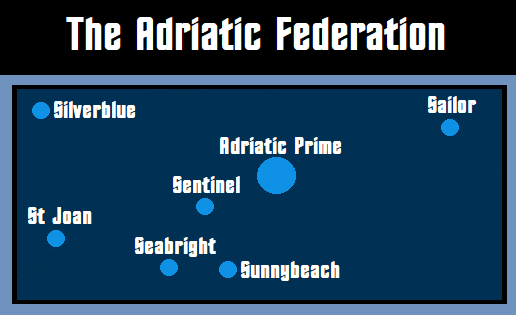

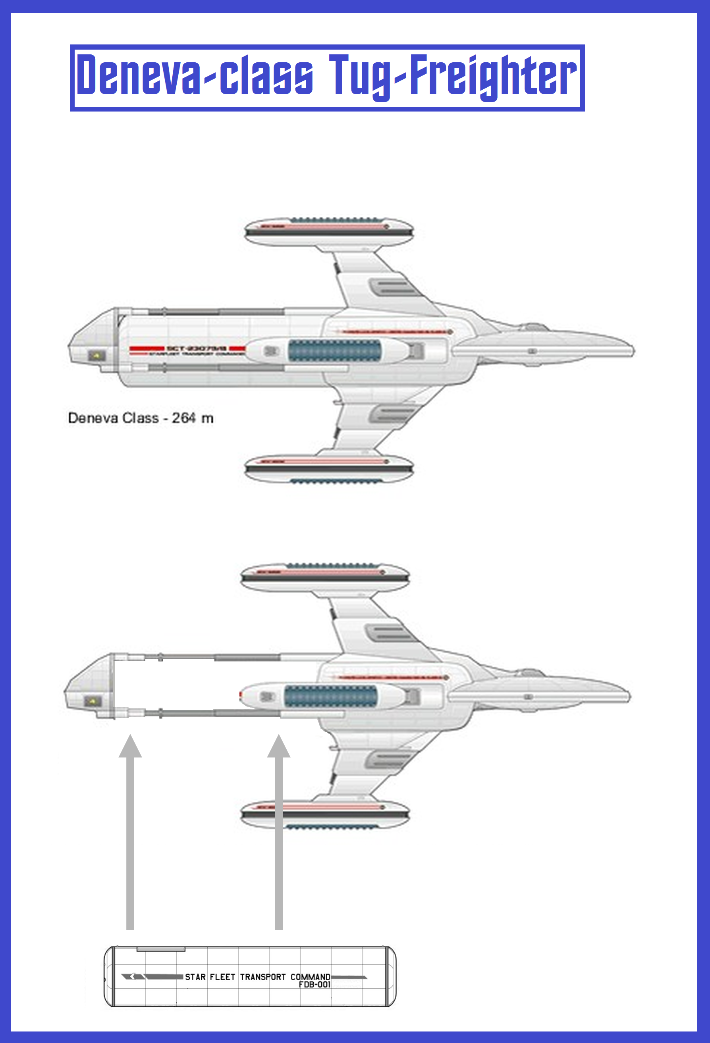
FEDERATION BATTLESHIPS
At the beginning of the Resolute War, Starfleet had no "official" battleship warships on its rolls nor did they have any future designs developed, and there were several good reasons why.
First, in the last 100 years the United Federation of Planets was involved in no major all-out wars and Starfleet had morphed into an almost completely exploratory organization with little to no military background. Even with the outbreak of the Bolian Wars with the Federation eventually being dragged into that conflict, no need was seen to build all-powerful military warships. As the Bolian Wars transformed into the UFP-Cardassian War, it was very clear that all the warring parties needed only mid-sized spaceships for the conflict. All sides agreed upon an unofficial non-capital warship accord for the duration of the war. The Cardassians acceded to this unique concession because its ships' weaponry and shields were far inferior to the United Federation of Planets vessels, and they eventually realized they could never catch up in time before they were militarily defeated by Starfleet. Fielding a whole new monstrous class of warships was infeasible to the meager Cardassian Union during the growing war.
Also, the Federation and the Bolians refused to build larger military-grade warships as well, mainly because their was very little time to do so and most of Starfleets' vessels could easily be converted over for combat. Once the Bolians joined the UFP, their entire standing military forces were absorbed into Starfleet, their badly outdated warships mothballed for the duration of the war, mainly because of their tremendous personnel costs and extremely high maintenance expenditures.
Second, Starfleet Command demanded that new starship construction be combat-capable, modular in design, and also built in the least amount of time possible; the United Federation of Planets borders was huge and vast numbers of smaller vessels were needed to patrol its boundaries while also waging war against the less-than-capable Cardassians. The conflict also demonstrated which Starfleet vessels could and could not survive in combat and which effective, and which were not. One of the complications of the ongoing struggle was the near-complete lack of survivability of the Ambassador-class vessels: their warp core was virtually unshielded and easy to target with the latest enemy sensors, shield strength was well below standard for its class, and they moved much too slowly on the battlefield, easily outmaneuvered by most front-line Cardassian warships. Immediately after the war, this entire class was virtually stood-down and sent to the breakers, but the saucer sections were kept intact and stored. This was mainly because most Federation saucers had remained essentially the same in construction and design for several decades and would most likely remain the same for the near future. Any new starship needing a forward command section could requisition one from the saucer storage facility at the Long-Term Fleet Depot (in the Pike System) and this large surplus of saucers came in very handy when the Resolute War broke out. Most were eventually mated to the new Ambassadorial-class battleships and dreadnoughts that started coming off the line in the third year of the war. The development of these battleships sparked a whole new successful phase of the war for the Federation, helping to end the war just a year later. Because of their usually enormous personnel requirements, the entire Ambassadorial-class was mothballed shortly after the war, with 12 of the newest dreadnoughts being placed into storage at the Aldebaran Yards. At the beginning of the Dominion War, these huge dreadnoughts were rapidly reactivated and served well during that brief four year conflict; only 5 were ever lost in combat, two from ramming attacks by Jem'Hadar fighters and three in the Second Battle for Chin'toka against the Breen energy weapons fiasco.
Third, near the end of the war Starfleet Command finally decided on a series pocket battleships the (Excell and Exceptional-class) that were based on the older Excelsior-class but which would bring alot more firepower quickly to the fight. Starfleet Command had already learned a great deal about powerful weaponry and advanced armor when building the first six Olympus-class dreadnoughts in the last decade and engineers took those lessons to heart when converting over other mainline starships to warship standards. For these new battleships, advanced high energy warp cores, shields, uprated phasers and torpedo launchers made these smaller warships very effective in combat, but they were just a stop-gap measure during the ongoing war.
During the Resolute War, the premier battleship was the massive Extensive-class battleship, built for the UFP and Starfleet, twenty-four of which were constructed. Built in orbit at the planets' Cait, Denobula Prime, Utopia Planitia, and the Lemnorian Homeworld, this warship class had the most effective engines, shields, point defense systems, sensors, countermeasures, and weapons that the advanced UFP civilization could produce. A massive and extremely destructive converging antimatter beam and ablative armor as well as 10 torpedo launchers were installed, and a large marine landing bay made this lumbering warship an extremely impressive battlefield combatant. In the last year of the war the Extensive-class was updated with new, powerful polarized phasers as well.
As a result of the effort to combat the Borg's defensive subspace fields, Starfleet Command commissioned an advanced theoretical think tank (the Cherenkov Labs) several years earlier to increase the power and capability of current starship beam weapons. Eventually they were successful. These new "polarized phasers" are a combined work of weapons theorists at Beth Delta 1 and Cherenkov Labs. The initial conceptual work and design took place at Cherenkov Labs and testing/evaluation at the Daystrom Defense Institute on Galor IV. Polarized phasers are designed to destabilize when passing through conventional shields and all known subspace fields. With the Borg in mind, a random rotating energy frequency is also used when the weapon is fired. Power output for the new phasers is significantly higher and damage from these weapons is nearly doubled. Most older Starfleet vessels are unable to utilize these weapons due to the extensive rewiring and reworking of a ship, but the Extensive-class battleships were built from the ground up with these new high-powered phasers in mind.
In later years the Extensive-class was also well suited for cargo and transportation missions with its massive holds making it invaluable to Starfleet who used these vessels extensively to resupply planets, space stations and other starships. Also, the power generation of these ships allowed it to run industrial replicators non-stop and they were often the ship of choice for missions of mercy or rapid evacuations. Furthermore, the crew of an Extensive-class ship was capable of converting the large marine bays into temporary housing in just a few hours allowing the ship to carry as many as 2,000 passengers in an emergency.
In terms of combat, the Extensive-class possessed a massive Class X warp core which was large enough to transfer power to nearby damaged ships or to extend its shields to protect any allied ship without impacting its own defenses or systems. Engineers on Extensive-class ships are able to reroute that power to boost their tractor beams that allowed them to grapple enemy ships which could easily break away from lesser vessels. In addition, the battleship had enough crew to get damaged systems back online quickly and also transport repair crews to allied ships in need. The ablative reinforced hull of this class of starship allowed it to stay in a fight longer, even when it faced a coordinated enemy attack.
Finally, Starfleet Command built twenty-four Indomitable-class battleships during the Resolute War, all of which found heavy use in the Dominion conflict as well.
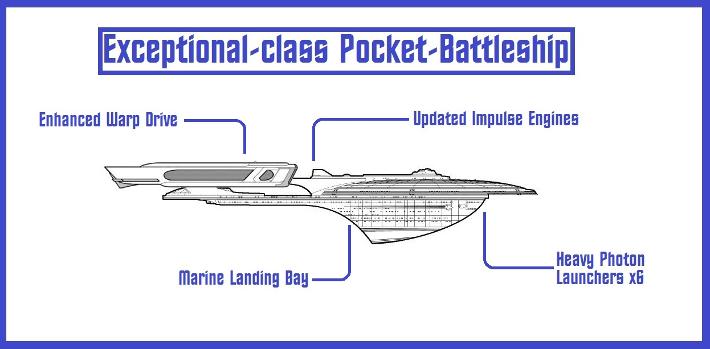
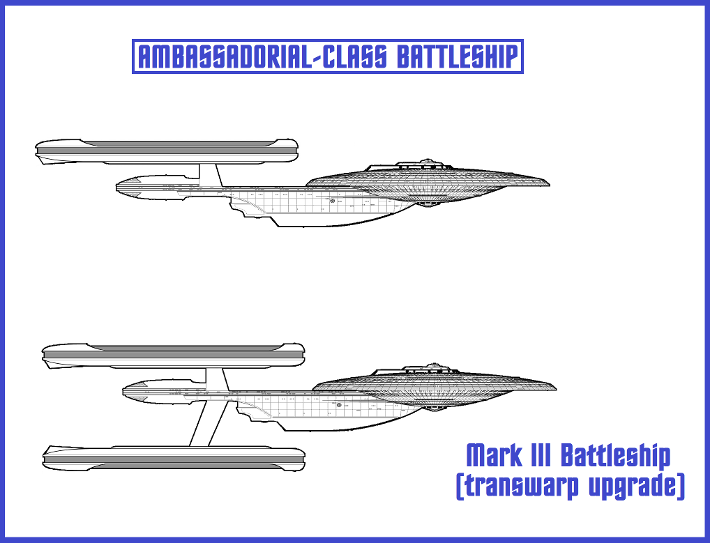
MORE HERE SOON (BIG BATTLE)
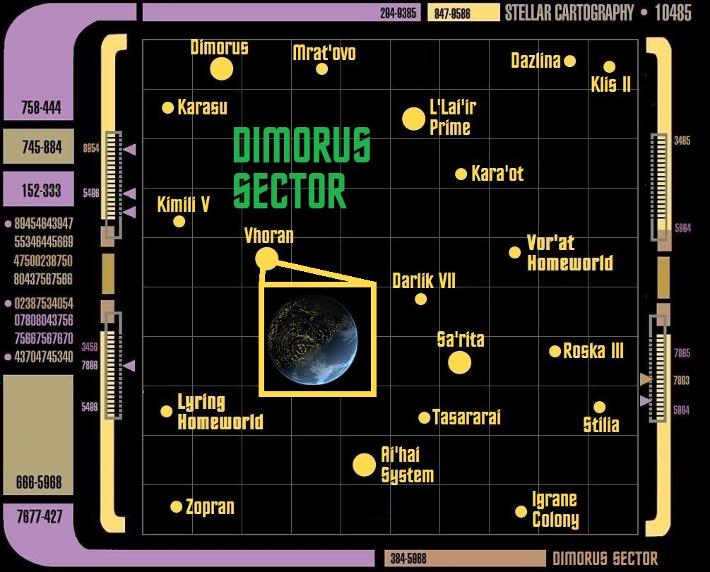
D'KORIN-CLASS TRANSWARP BATTLESHIP
A advanced battleship first built during the Resolute War (by the House of Torm), this battle-proven warship was later one of the first in the Klingon Imperial Navy to receive transwarp drive. More than 200 of these vessels were constructed between the end of the Resolute War and the end of the Dominion War. They were an extremely successful design, being able to take enormous amounts of battle damage and still remain operational. The D'Korin-class warships became the leading Klingon battleship in the 24th and 25th centuries.
REGETH'H-CLASS BIRD OF PREY
This class of warship was designed and crash developed by the Romulan Star Empire in the latter stages of the war with the Federation and the Klingon Empire, trying to fill a gap in the defenses of its fleets. Older versions of this class just did not have the speed, armor, or weaponry to hold off enemy capital ships but the Regeth'h vessels did. Adding quantum armor, new burst disruptors, and an advanced warp drive, these vessels were small and rapidly built, with over 100 being fielded before the wars' end. The armor was a breakthrough for the Romulans and definitely bulked up the small starship, making it almost impossible to destroy the ship on the first hit. Being able to sustain enemy capital ship fire was a important element of the Regeth'h-class warships. Coupled with brand-new beam weapons (burst disruptors) and a next-generation cloaking device, these ships specialized in sneak attacks against important Federation and Klingon targets. Their high warp speed also made them able to outrun most other vessels. In the end this class proved exceptionally good on the front lines and they were seen often after the war, usually in privateer hands.
VERMES-CLASS SCOUT
Near the end of the Resolute War the Romulan Navy's losses were enormous, including those in its scout classes. Under immense military and economic pressure, the Empire began laying down a new class of scoutships: the Vermes-class. This extremely fast vessel had a highly experimental science package that could scan star systems from nearly 100 light years away, and could also spot older-style cloaked Klingon warships. The vessel also had a very light weapons array (just two forward-facing disruptors) but nothing in the Klingon or Federation fleet could outpace this class of warships. At the end of the war nearly two dozen had been built, with half disappearing off the Alliance radars when the fighting wound down.
